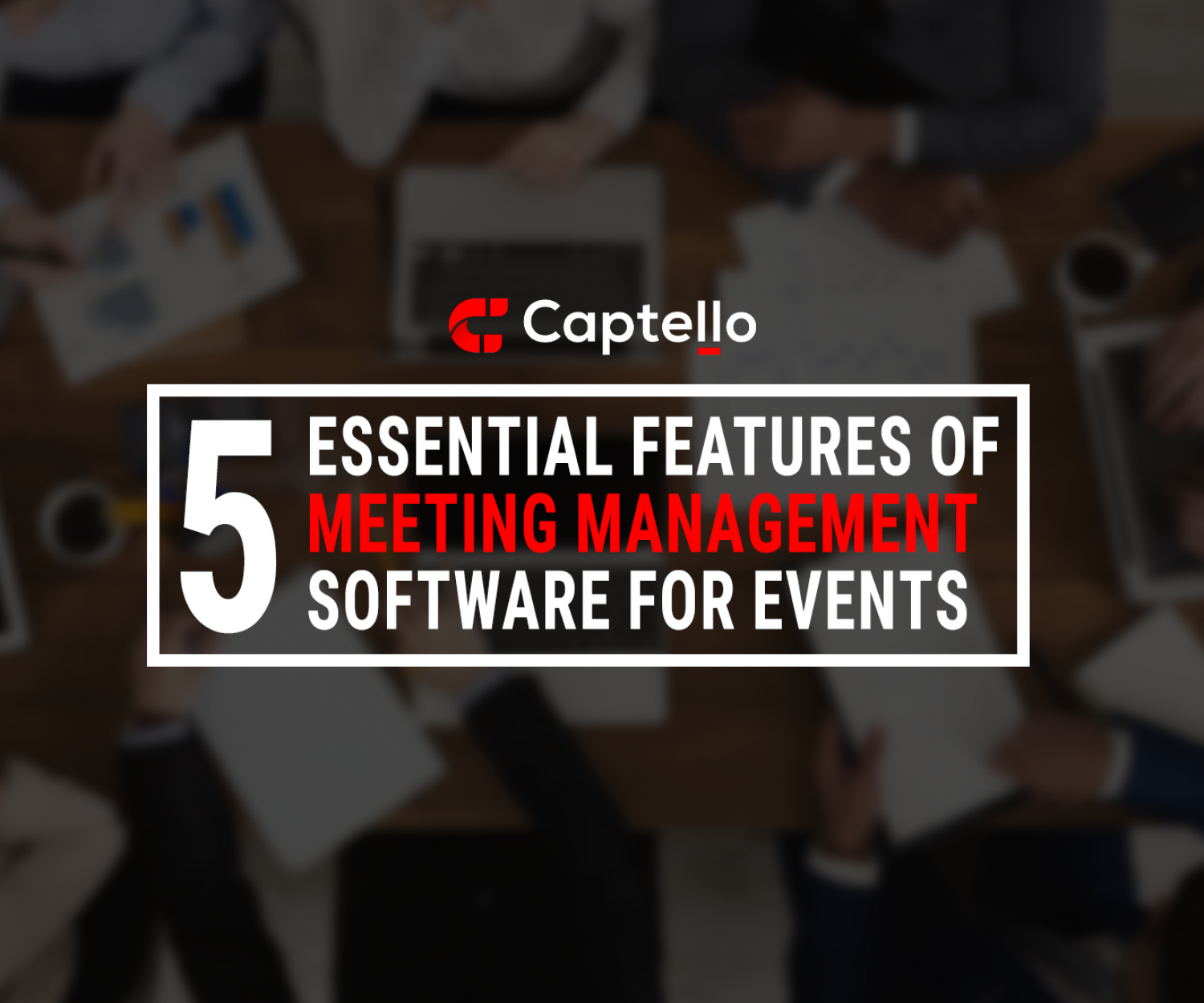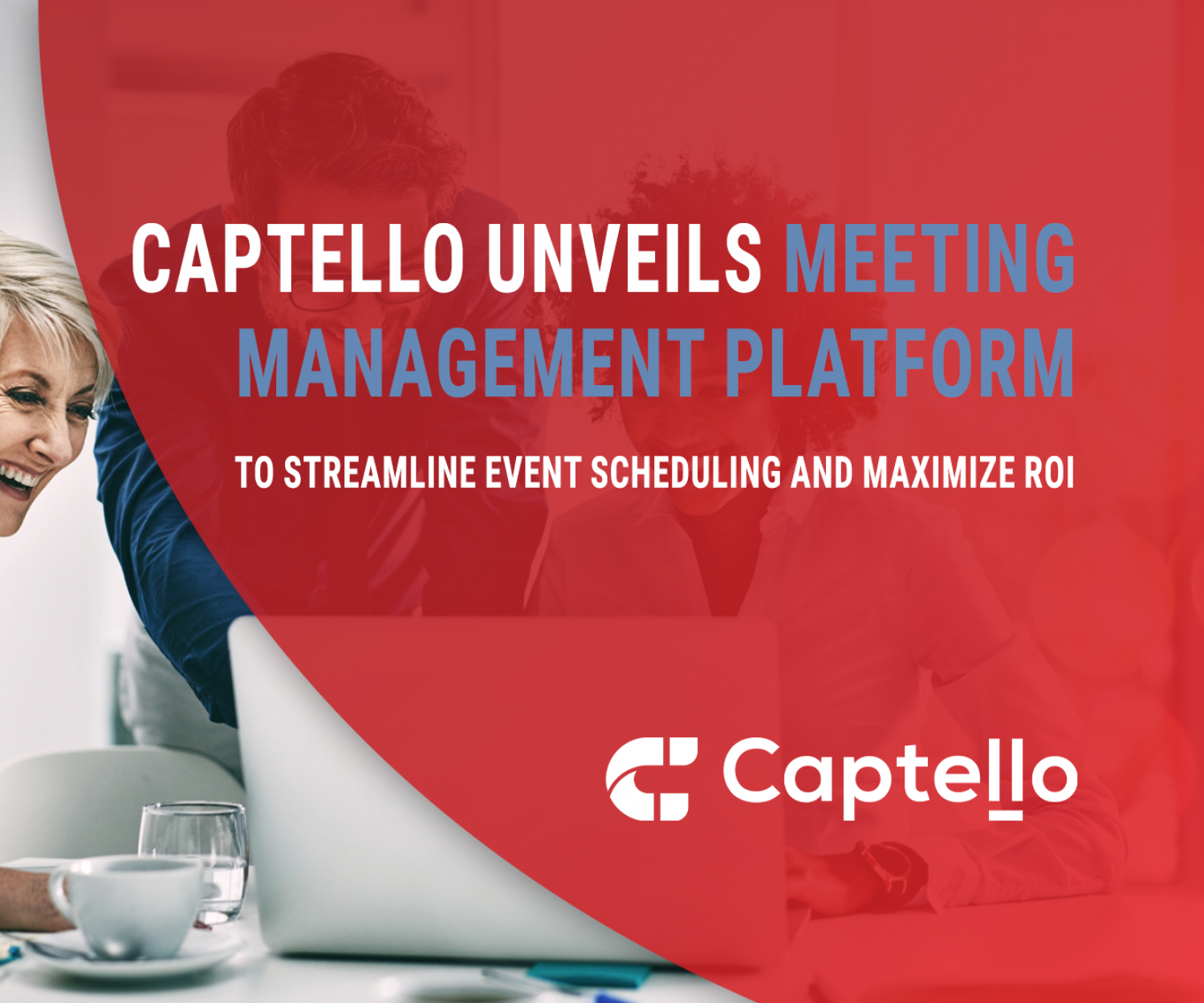Why Manual Meeting Outreach is Holding You Back
Securing valuable meetings before a trade show or conference is essential for maximizing engagement and ensuring meaningful conversations. Yet, many companies still rely on outdated, manual processes to schedule meetings—crafting individual emails, tracking responses in spreadsheets, and juggling availability across multiple calendars.
This approach is not only time-consuming but also ineffective. Sales teams spend hours sending outreach emails instead of focusing on high-value interactions, and without a structured system, scheduling conflicts, no-shows, and missed follow-ups are inevitable. The lack of a centralized tool to track responses means companies often struggle to measure the success of their outreach efforts.
By adopting meeting automation software, companies can streamline the scheduling process, increase response rates, and ensure every meeting opportunity is maximized. With automation, outreach becomes more efficient, personalized, and measurable—leading to better event success and stronger sales outcomes.
The Impact of Automation on Meeting Outreach
For many organizations, trade show success hinges on pre-scheduled meetings with key prospects and customers. When meeting requests are managed manually, scheduling is reactive rather than strategic. However, with automation, companies can take control of their outreach, ensuring that every invitation is sent with precision and that follow-ups are timely and effective.
Personalized Invitations Without the Manual Effort
One of the biggest advantages of meeting automation software is the ability to personalize outreach at scale. Instead of crafting individual emails, companies can use pre-built templates that dynamically adjust based on attendee details. Personalized messaging increases engagement, leading to higher response rates.
With automated meeting requests, sales teams can target high-value prospects with customized invitations, ensuring that they are engaging with the right people well before the event even begins. This not only saves time but also ensures that prospects receive relevant and timely communication.
Simplified Scheduling and Calendar Integration
Coordinating meeting times across different time zones and team schedules is often one of the most frustrating aspects of event planning. Manual scheduling leads to conflicts, back-and-forth emails, and inefficiencies that slow down the entire process.
Meeting automation software removes these obstacles by integrating with major calendar tools like Google Calendar and Outlook. This allows prospects to self-schedule meetings at their convenience, eliminating the need for endless email chains. Automated scheduling also ensures that double bookings are prevented, keeping meetings organized and allowing sales teams to focus on more strategic tasks.
Tracking Responses and Managing Follow-Ups
A major challenge for event teams is keeping track of who has responded to meeting invitations, who need follow-ups, and which meetings have been confirmed. Without a centralized tracking system, it’s easy for outreach efforts to become disorganized, leading to missed opportunities.
Meeting automation provides real-time response tracking, giving teams full visibility into who has accepted, declined, or has yet to respond. Automated reminders help ensure that attendees don’t forget their scheduled meetings, reducing the risk of no-shows. By eliminating guesswork and providing a clear view of meeting engagement, automation helps sales teams prioritize the most valuable prospects.
Reducing No-Shows and Increasing Meeting Attendance
Missed meetings and last-minute cancellations are all too common at trade shows. Many times, this happens because attendees forget their scheduled times or don’t receive timely reminders. With automation, event teams can send automated notifications via email or SMS, ensuring that both internal teams and attendees are reminded of upcoming meetings.
Post-meeting follow-ups are also crucial. A well-structured automation system doesn’t just help schedule meetings—it also ensures that every conversation is followed up on. Companies using meeting automation software report a 30% increase in confirmed meetings and completed follow-ups, demonstrating the impact of structured, automated outreach.
How Captello Simplifies Meeting Outreach
Captello’s Meeting Management Platform (MMP) is designed to remove the complexities of meeting scheduling and follow-up, making outreach effortless. With seamless integration into calendar tools and automated tracking, Captello allows sales and event teams to:
- Schedule meetings faster by automating invitations and confirmations.
- Ensure no double bookings by syncing with Outlook and Google Calendar.
- Improve response tracking with real-time dashboards.
- Enhance engagement with personalized messaging and reminders.
- Boost meeting attendance with automated follow-ups and notifications.
By eliminating the inefficiencies of manual scheduling, Captello helps teams focus on what truly matters—building relationships and driving revenue at events.
Take the Next Step Toward Smarter Meeting Outreach
If your team is still relying on manual emails, spreadsheets, and disorganized scheduling processes, it’s time for a change. Meeting automation software is transforming the way companies connect with prospects, making scheduling seamless and engagement effortless.
Want to see how automation can improve your event outreach? Let’s talk.




